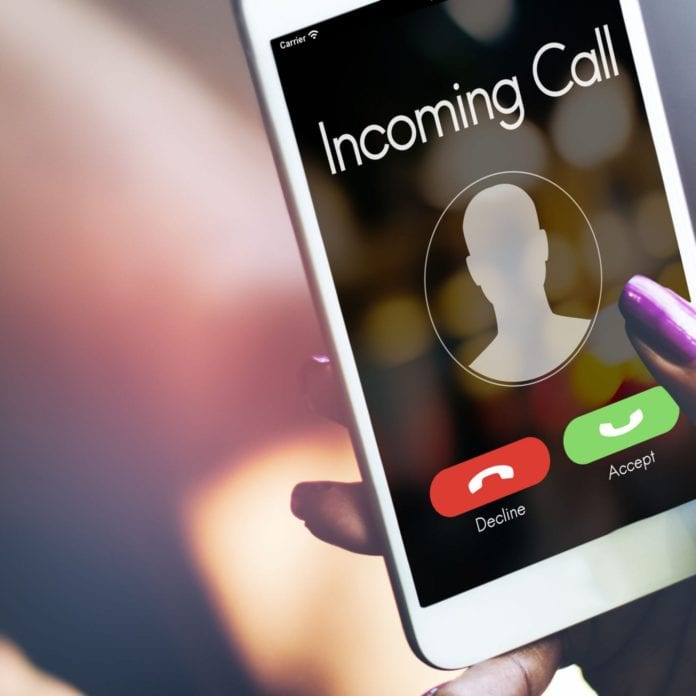First Orion projects that at current rate, nearly 45% of mobile calls will be scams by next year
The rate of scam calls to U.S. mobile users is increasing so rapidly that by next year, nearly half of all calls will be fraudulent, according to a new report.
First Orion, which offers technology to identify and block spam calls and works with carriers including T-Mobile US, released its first annual report on scam call trends and projections. The report is based on First Orion’s analysis of more than 50 billion calls made to U.S. mobile subscribers over the past 18 months.
“By combining specific call patterns and behaviors with other phone number attributes, First Orion now predicts that nearly half of all calls to mobile phones will be fraudulent in 2019 unless the industry adopts and implements more effective call protection solutions,” the company said. Over the past year, First Orion’s data reflected a “drastic increase in mobile scam calls,” with rates jumping from 3.7% of total calls in 2017 to 29.2% in 2018. The company projects that number will reach 44.6% by early 2019.
First Orion said that it will “fully deploy” its CallPrinting technology into a Tier 1 carrier network this fall and that its solution will “significantly mitigate the volume of scam traffic beginning in the 4th quarter of 2018.” The company says that its mobile network clients include T-Mobile, MetroPCS, Boost Mobile, Sky, Virgin Mobile, and Sprint Prepaid as well as brands TracFone, NET10 Wireless, Total Wireless, Straight Talk, and Simple Mobile, and PrivacyStar applications for mobile devices.
Charles D. Morgan, CEO and head data scientist for First Orion, said in a statement that even as the industry and the Federal Communications Commission have made it a priority to find ways to combat unwanted spam calls, “we still see rampant increases. After working closely with several carriers, we’ve found that in-network solutions that leverage sophisticated data analysis and machine learning are by far the most accurate way to pinpoint the origin of a call and identify it before it reaches your phone.”
In testimony before a House subcommittee on digital commerce and consumer protection earlier this year, Scott Hambuchen, First Orion’s EVP for technology solution and development, said that the company provides its Scam ID service to more than 58 million T-Mobile US subscribers. In the past year, Hambuchen said, First Orion identified more than 3.5 billion calls as scams: about 12% of 34 billion calls analyzed.
“Consumers are being swindled out of hundreds of millions of dollars every year and are being conditioned to not answer the phone unless they know exactly who is calling them, and it is increasingly difficult to know,” Hambuchen told the subcommittee. “They are frustrated that they can no longer trust their phones. We must better protect consumers, but this utter lack of trust in the voice channel must also change for us all to reap the benefits of a properly functioning voice communications system.”
He noted that First Orion has been providing fraud call-complaint data to the Federal Trade Commission for more than seven years, and that subscribers using First Orion services have provided as much as 30% of fraud-related complaints to the FTC.
But Hambuchen went on to say that the answer to the huge volume of robocalls is not to simply block them all. Robocalls generally fall into three categories: illegal calls, including scams; legal but unwanted calls; and wanted calls, such as automated calls from pharmacies or school districts.
Most of the largest carriers have put some form of scam protection in place within the last year or so, although their exact form varies from carrier to carrier, Hambuchen said. He also pointed out that there are hundreds of apps for call identification and blocking, compared to just 85 such apps in 2016. The industry has also adopted a strategy called STIR/SHAKEN, which relies on certificate tokens, to help identify illegally spoofed calls — but that approach can still be circumvented, he said, and implementation is still in its early stages.

